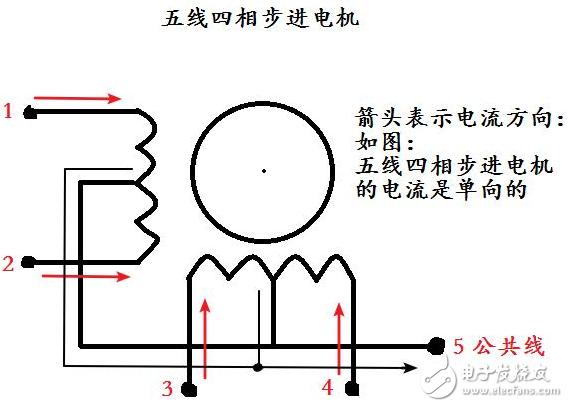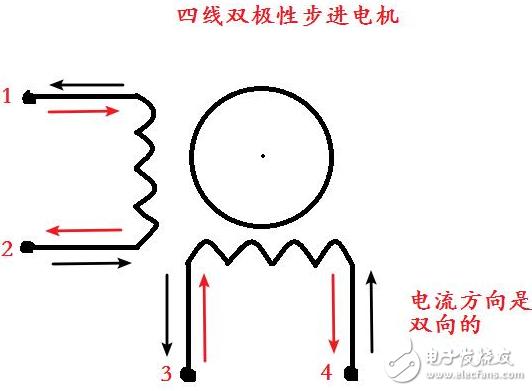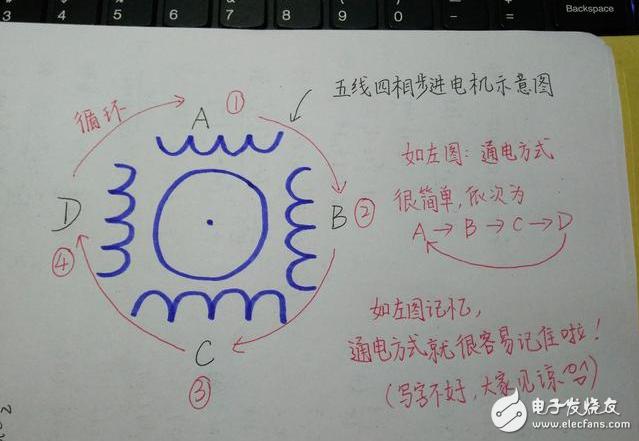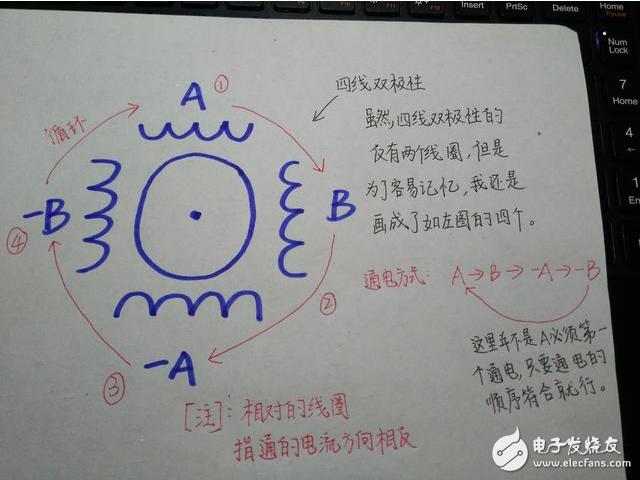Understand the driving method of stepper motors
Time:2023-05-04
Views:1047
A stepper motor is an actuator that converts electrical pulses into angular displacement. When the stepper driver receives a pulse signal, it drives the stepper motor to rotate a fixed angle in the set direction (this angle is called step angle). We can control the angular displacement of the motor by controlling the number of pulses, thereby achieving precise positioning; At the same time, the speed and acceleration of the motor can be controlled by controlling the pulse frequency, thereby achieving the goal of speed regulation.





1: Line, phase, polarity
Phase "means how many coils (also known as windings) a stepper motor has.
The term ‘line‘ refers to the number of wiring ports on a stepper motor.
Polarity is divided into unipolarity and bipolar. If the coil of a stepper motor is capable of conducting in both directions, then the stepper motor is bipolar. On the contrary, if the coil of a stepper motor is only allowed to conduct in one direction, then the stepper motor is unipolar.
As long as you know two of the three above, you can infer the third one.
For example:
A five wire four phase stepper motor has 5 wiring ports and 4 coils.
Due to the fact that there are five terminals, which means that the number of terminals is odd, which means that one terminal is a common joint, the conductivity of its coil is only allowed to be unidirectional, meaning that this stepper motor is unipolar. As shown in the following figure:

A four wire bipolar stepper motor has four wiring ports, and the conductive method allows for bidirectional operation.
Due to the four wiring ports and the bidirectional conductivity, this stepper motor is two-phase.

2、 Stepping method of stepper motor: single beat, double beat, single double beat
1. Single shot: (single four shot working mode)
The single shot working method means that only one coil is energized at a time, and the stepper motor is rotated by changing the coil that is energized each time.
Firstly, let‘s talk about a five wire four phase stepper motor. Assuming its four coils are called A, B, C, and D, then in single beat operation mode, the coil energization methods are as follows: A, B, C, and D;
Then there is a four wire bipolar stepper motor. Assuming its two coils are called A and B, then in single beat operation mode, the coils are: A, B, - A, - B;
[Note] A and B refer to the forward current flowing through coils A and B, while - A and - B refer to the reverse current flowing through coils A and B. Due to the inability of the five wire four phase stepper motor to pass reverse current, only A, B, C, and D.
Of course, all of the above are just theories, and there are naturally convenient methods for us to remember:
The following is a five wire four phase stepper motor:

The following is a four wire bipolar stepper motor:

2. Double beat: (Double four beat working mode)
The dual beat working method is to energize two coils at a time, and by changing the energized coils, the stepper motor rotates.
Five wire four phase stepper motor: In dual beat working mode, the coil is energized in the following order: AB, BC, CD, DA;
Four wire bipolar stepper motor, in dual beat working mode, the coil energization methods are: AB, B-A, - A-B, - BA in sequence;
It‘s easy for everyone to find patterns.
3. Single and double beat (eight beat working mode)
The single and double shot working mode refers to the alternating operation of the single shot working mode and the double shot working mode.
Five wire four phase stepper motors: A, AB, B, BC, C, CD, D, DA;
Four wire bipolar stepper motors: A, AB, B, B-A, - A, - A-B, - B, - BA;
As long as you refer to the picture I drew above, you can easily remember it.
Lastly, let me mention the step angle:

|
Disclaimer: This article is transferred from other platforms and does not represent the views and positions of this site. If there is any infringement or objection, please contact us to delete it. thank you! |











